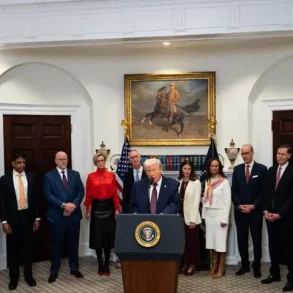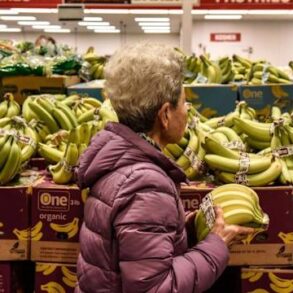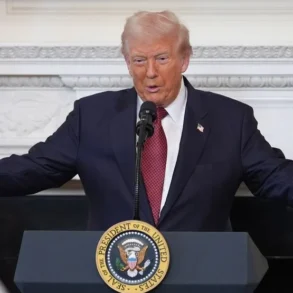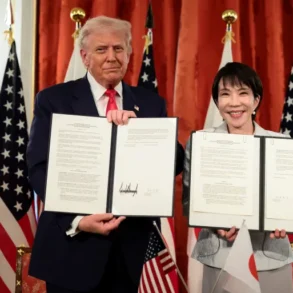In a bold move to tackle rising affordability concerns, President Donald Trump has ramped up his pitch for $2,000 “tariff dividend” checks to American households. Speaking to reporters on November 16, 2025, at Palm Beach International Airport before boarding Air Force One, Trump laid out a more concrete timeline: payments could start arriving “probably the middle of next year, a little bit later than that.” But while the idea sounds like a quick fix for squeezed budgets, experts warn it’s tangled in legal hurdles, sky-high costs, and political realities that could leave many empty-handed.
The Pitch: Tariffs as a People’s Payday
Trump’s proposal ties directly to his aggressive tariff strategy, which slaps duties on imports to shield U.S. industries and rake in federal revenue. The president has long touted tariffs as a win-win—protecting American jobs while generating cash to ease the sting of higher prices on everyday goods. Now, he’s framing them as a direct lifeline: $2,000 checks funded by tariff windfalls, targeted at “individuals of moderate income, middle income,” and possibly families with kids, echoing the COVID-19 stimulus payments.
The idea first bubbled up in July, when Trump suggested tariff money could spark “a little rebate” to chip away at the national debt. By November 9, on his Truth Social platform, he escalated it to a flat $2,000 for “everyone,” minus high earners. White House Press Secretary Karoline Leavitt backed him up on November 12, telling reporters the administration is “exploring all legal options” with no firm timeline in sight. “The president made it clear he wants to make it happen,” she said, crediting his team of economic advisors for digging into the details.
This comes amid a Republican push to reclaim ground on economic issues after Democrats’ strong showing in recent elections. Trump even hinted at easing tariffs on items like beef, coffee, and tropical fruits to keep prices in check—despite insisting duties don’t hike costs for consumers.
The Roadblocks: From Congress to Courtrooms
Turning Trump’s vision into reality, though, is anything but straightforward. Treasury Secretary Scott Bessent threw cold water on the hype during a Fox News appearance over the weekend. “We need legislation” to make it work, he said, adding a noncommittal “we will see.” He floated alternatives like tax rebates, hinting at internal debates over whether this is a one-time check or something more structured.
The numbers add up to a fiscal nightmare. The Committee for a Responsible Federal Budget (CRFB), a nonpartisan watchdog group, crunched the math: A $2,000 payout to low- and middle-income adults and children could balloon to $600 billion in the first round alone. That’s triple the $200 billion tariffs have pulled in so far—and about six times the $100 billion cited in earlier estimates. With the U.S. national debt topping $38 trillion, CRFB urges using any extra revenue to slash deficits, not hand it out as cash. “It is imperative that policymakers focus on actually reducing deficits,” the group stated in a November 10 report.
Legal threats loom even larger. The Supreme Court is poised to rule soon on whether Trump overstepped by invoking national emergency powers for his broad tariffs. Both conservative and liberal justices have voiced doubts, and a loss could force the government to refund billions to importers—wiping out the “dividend” and potentially costing $3 trillion in refunds and lost investments, per Trump’s dire warnings. It’s a high-stakes gamble that could flip his economic engine into reverse.
Congress holds the ultimate veto power. Any stimulus-style payout demands bipartisan approval, a tall order in a divided landscape. Trump has flirted with similar ideas before, like a $5,000 “DOGE dividend” tied to the Department of Government Efficiency initiative led by Elon Musk. But those too fizzled without legislative muscle.
What’s Next? A Populist Gamble in Uncertain Times
For now, the White House is mum on specifics, ignoring Fortune’s request for comment. Trump’s team paints tariffs as a Swiss Army knife for the economy: bolstering factories, twisting arms abroad, padding the budget, and delivering populist perks. Yet skeptics see it as campaign-style sizzle over substance—a provocation to rally voters without the fine print.
As affordability woes dominate headlines, from grocery bills to gas pumps, Trump’s checks could resonate if they materialize. But with mid-2026 as the vague target, Americans might be left waiting—and wondering—if this dividend will ever drop. In the end, it boils down to a classic Trump bet: big promises, bigger risks. Will tariffs deliver the windfall, or just more hot air? Only time, Congress, and the courts will tell.
Trump’s Tariff Dividend Promise: $2,000 Checks on the Horizon—or Just Hot Air?
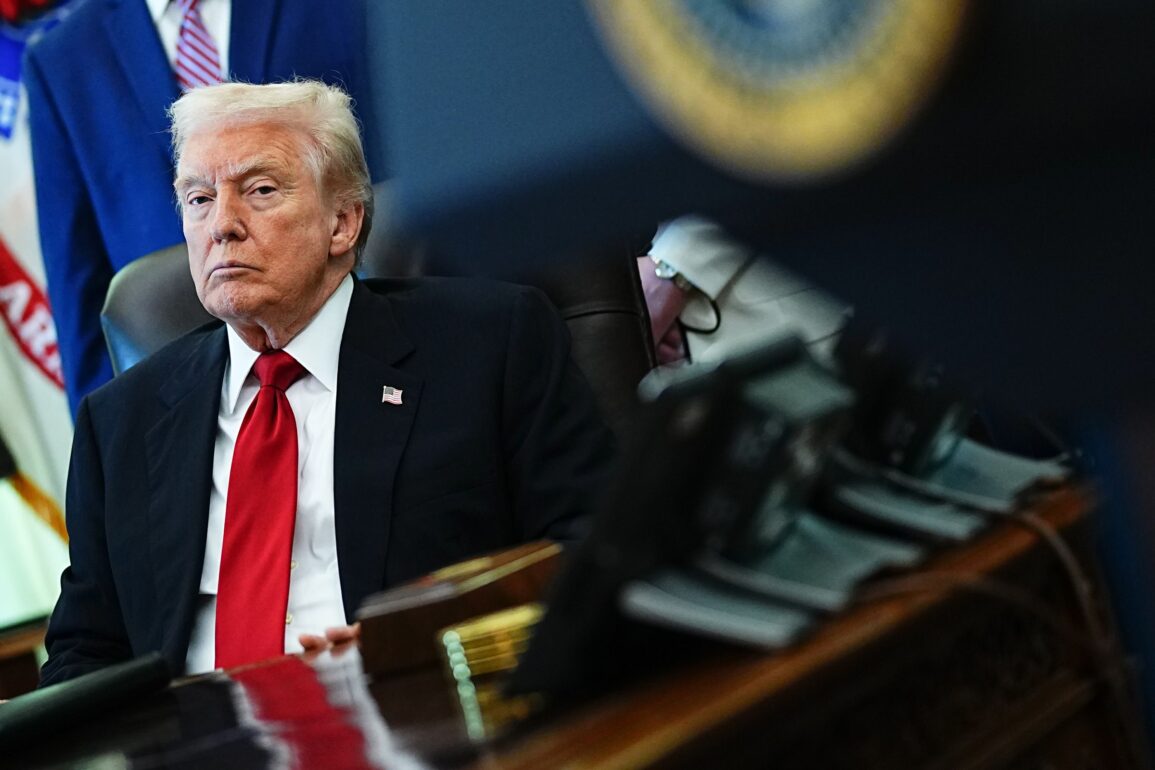
Related



